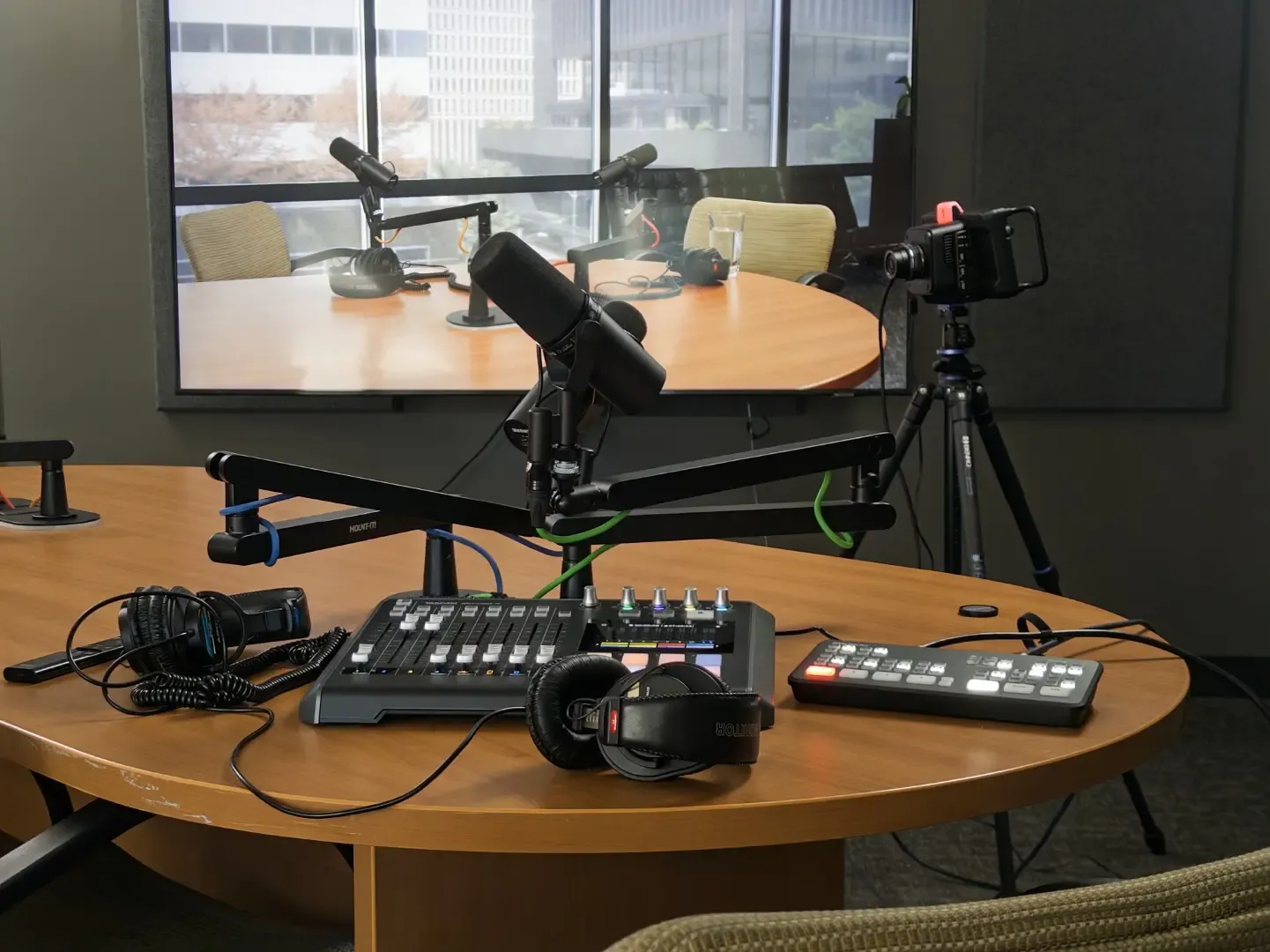
Complete Guide for Remote Podcast Interview Guests
Essential tips and insights for optimizing your remote podcast interview experience, from pre-session preparation to post-publication promotion.
By Evan Olson

Essential tips and insights for optimizing your remote podcast interview experience, from pre-session preparation to post-publication promotion.
As a guest on a podcast, you have a unique opportunity to share your expertise, tell compelling stories, and connect with an engaged audience. To help you make the most of this experience, we have compiled a list of tips and insights for optimizing your remote interview. These guidelines cover the pre-session, during the session, and post-session phases, as well as recommendations for promoting the episode upon publication. We hope you find this guide helpful in having a successful and enjoyable podcast appearance. Let's dive in!
Let's meet to see if our services are a fit for your needs.